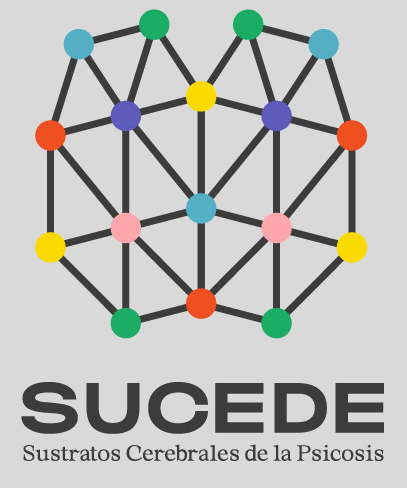Today our colleague Rosa Beño summarizes and presents a key review on Speaking-Induced Suppression (SIS), key to understand the alterations of the self in patients with schizophrenia.
BILIOGRAPHIC REVIEW: Whitford, T. J. (2019). Speaking-induced suppression of the auditory cortex in humans and its relevance to schizophrenia. Biological Psychiatry: Cognitive Neuroscience and Neuroimaging, 4(9), 791-804.
In this article, the authors reviewed the evidence published to date on the Speaking-Induced Suppression (SIS) phenomenon, which refers to the lower neurophysiological response found in the auditory cortex after perceiving a sound generated by ourselves, compared to sounds that are generated by external sources, being the corollary discharge involved in this process.
They also present the results obtained in healthy people, analyzing this phenomenon through electroencephalogram or magnetoencephalography, and through the experimental paradigm “Talk-Listen”, finding a decrease in the N1 component when the participant produces the sound in comparison with the external listening of their own voice. On the other hand, they review the studies made with people with schizophrenia, finding a failure in the suppression of the neural consequences of self-generated speech. Despite these results, the evidence of the relationship between the SIS and the first range symptoms of the spectrum of psychosis is very limited, so future studies are proposed in which experimental designs can be made more sensitive to these variables and that can confirm the existence of this relationship.



